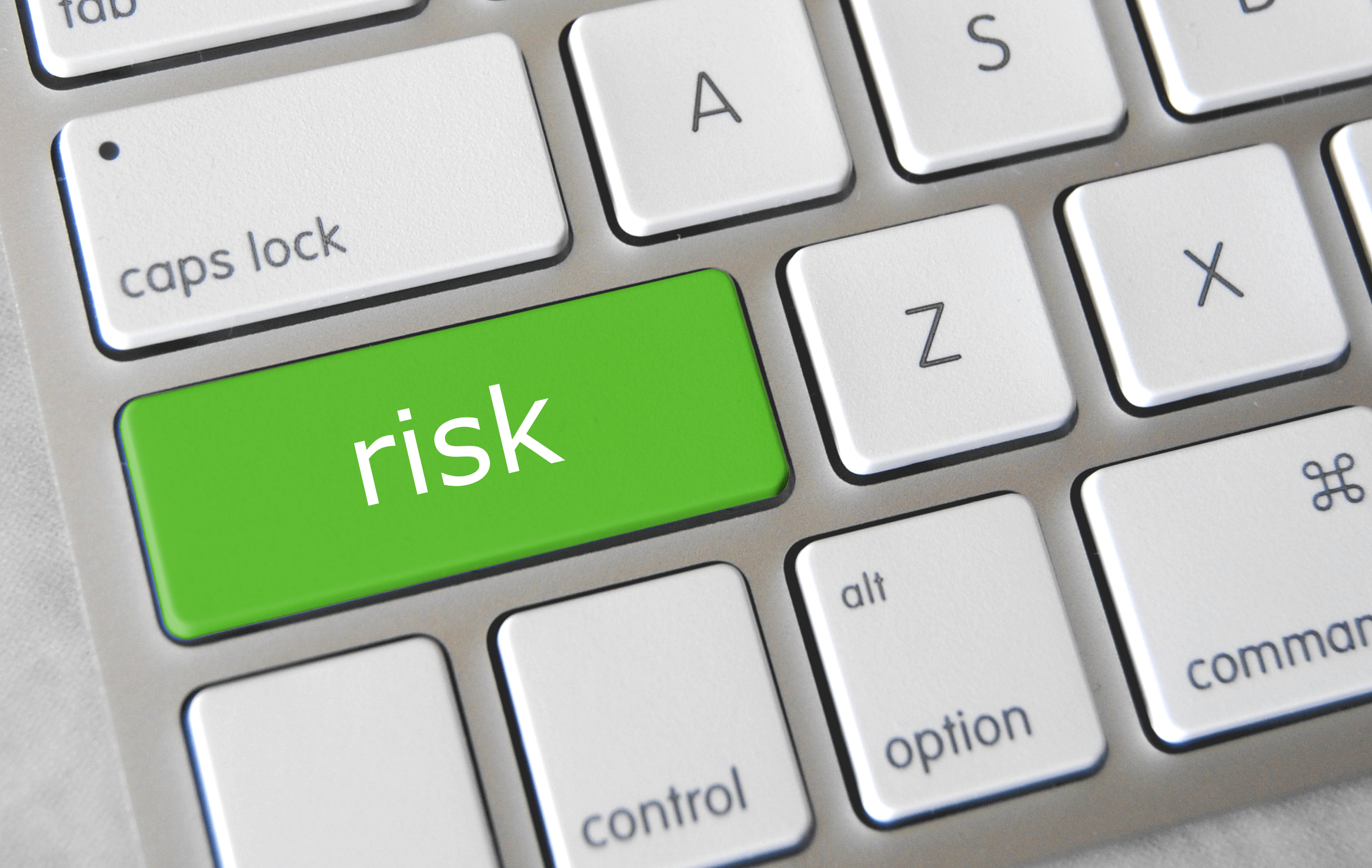Personal Finance, Part 5.1 ? Inflation and Deflation 2
I wish that I had more time to respond to readers both in the comments and e-mail.? Unfortunately, I am having to spend more time working as I am in transition as far as my work goes.? I’ll try to catch up over the next week or so, but I am behind by about 50 messages, and I hate to compromise message quality just to clear things out.
That said, my inflation/deflation piece yesterday attracted two comments worthy of response.? The first was from James Dailey, who I would recommend that you read whenever he comments here.? We may not always agree, but what he writes is well thought out.? He thinks I attribute too much power to the Fed.? He has a point.? From past writings, I have suggested that the Fed is not all-powerful.? What I would point out here is that the Fed controls more than just the monetary base.? They control (in principle) the terms of lending that the banks employ.? With a little coordination with the other regulators, the Fed could restrict non-bank lenders by raising the capital requirements that banks (and other regulated institutions) must maintain in lending to non-bank lenders.? So, if credit is outpacing the growth in the monetary base, it is at least partially because the Fed chooses to allow it.? Volcker reined in the credit card companies in the early 80s, which was not a normal policy for the Fed; it had a drastic impact on the economy, but inflation slowed considerably.? (Causation?? I’m not sure.? Fed funds were really high then also.)
The other comment came from Bill Rempel.? He objected more to my terminology than my content, though he disliked my comment that “Inflation is predominantly a monetary phenomenon.”? I think we are largely on the same page, though.? I know the more common phraseology here, “Inflation is purely a monetary phenomenon,” and I agree with it, but with the following provisos:
- If we are talking about goods, services, and assets as a group, or,
- If the period of time is sufficiently long, like a century or so, or,
- If we are talking about monetary inflation.? (Who disagrees with tautologies? 🙂 Not me.)
Part of my difficulty here, is that when we talk about money, we are talking about something that lies on the spectrum? between currency and credit.? By currency I am talking about whatever physical medium can be commonly deployed to effectuate transactions.? By credit, anything where the eventual exchange of currency is significantly delayed, and perhaps with some doubt of collection.? Because of the existence of credit, over shorter periods, the link between monetary inflation and good price inflation is more tenuous, which leads people to doubt the concept that “Inflation is purely a monetary phenomenon.”? My post, rather than weakening that concept, strengthens it, because it broadens the concept of inflation, so that the pernicious effects of monetary inflation can be more clearly seen.? I wrote what I wrote to distinguish between monetary, goods and asset inflation.? I think it is useful to make these distinctions, because most people when they hear the word “inflation” think only of goods price inflation, and not of monetary or asset inflation.
Now, onto today’s topic: how to protect ourselves from inflation and deflation.? With goods price deflation (should we ever see that under the Fed), the answers are simple: avoid debt, lend to stable debtors, and make sure you are economically necessary to the part of the economy that you serve.? You want to make sure that you have enough net cash flow when net cash flow is scarce.? You can use that cash flow to buy distressed assets on the cheap.? Economically necessary and low debt applies to the stocks you own as well.
On goods price inflation, take a step back and ask what is truly in short supply, and buy/supply some of that.? It could be commodities, agricultural products, or gold. ? As a last resort you could buy some TIPS, or just stay in a money market fund.? You won’t get rich that way, but you might preserve purchasing power.? In stocks, look for those that can pass through price inflation to their customers.? In bonds, stay short, unless they are inflation-protected.
This is not obscure advice, but there is an art to applying it.? There comes a point in every theme where prices of the most desirable assets discount or even over-discount the scenario.? Safe assets get overbought in a deflation toward the end of that phase of the cycle.? Same thing for inflation-sensitive assets during an inflation.? As for me at present, you can see my portfolio over at Stockpickr; at present, I split the difference, though my results over the last five months have been less than stellar.? I have companies with relatively strong balance sheets, and companies with a decent amount of economic sensitivity, whether to price inflation or price inflation-adjusted economic activity.
I don’t see the global economy heading into recession; I do see price inflation ticking up globally, and also asset inflation in some countries (China being a leading example). ? But we have a debt overhang in much of the developed world, so we have to be careful about balance sheets.
I may have it wrong at this point.? My equity performance over the last seven-plus years has been good, but the last five months have given me reason for pause.? Well, things were far worse for me 6/2002-9/2002; I saw that one through.? I should survive this one too, DV.



